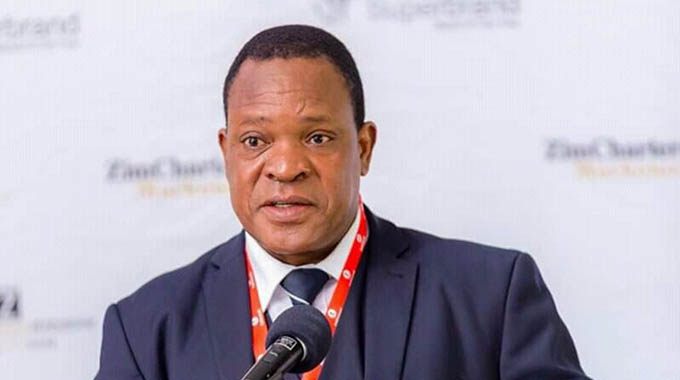First phase of Presidential Rural Horticulture Plan on cards

Elita Chikwati Senior Agriculture
Government plans to roll out the first phase of the Presidential Rural Horticulture Plan in December targeting six priority fruit trees, with benefitting households getting 10 trees of every fruit variety each.
The distribution of the fruit trees will depend on suitability of the varieties to the agro-ecological regions and potential income to be generated.
The horticulture recovery plan is part of Government initiatives under Agriculture and Food Systems Transformation Strategy (2020-2025) to transform agriculture from a US$5,2 billion to a US$8,2 billion sector, contributing 20 percent of GDP by 2025 in line with the vision of making Zimbabwe an upper-middle-income economy.
The Lands, Agriculture, Fisheries, Water and Rural Resettlement 2021/22 state of preparedness report indicates that the first phase would be 500 000 seedlings at a cost of US$1, 436, 804 ($119, 254, 732), including the cost of seedling production and establishment of seven state-of-the-art central nurseries.
The Ministry is targeting passion fruit, pecan nut, guava, mango, macadamia and apple and is also targeting to produce 3 681 seedlings of apple, 80 000 macadamia nuts and 800 000 pecan nuts.
Already, there are 89 891 mango seedlings available for the programme, 1 181 apple and 35 413 pecan nuts seedlings.
In the report, Minister of Lands, Agriculture, Fisheries, Water and Rural Resettlement Dr Anxious Masuka said there was need to capacitate the Zimbabwe National Water Authority to undertake accelerated irrigation development.
“There is need to provide additional resources to capacitate Zinwa to undertake accelerated irrigation development around major dams (154 000 hectares) and rural horticulture schemes through enhanced borehole rehabilitation and drilling by providing additional 10 rigs for conducting ancillary activities,” he said.
Production of fruit, vegetables and other horticulture products for export are to be revived and the sector expanded with major investment from the private sector and the Government under the Horticulture Recovery and Growth Plan drafted by the Ministry of Lands, Agriculture, Fisheries, Water and Rural Resettlement.
This dovetails with the national Vision 2030 aimed at achieving an upper middle-income status by that year, through transformation of agriculture from a US$5,2 billion to US$8 billion sector.
As envisaged, the horticulture recovery and growth plan will not just boost exports, but also drive rural incomes, adding US$2 000 to the average household income for participating small-scale farmers by 2030.










Comments